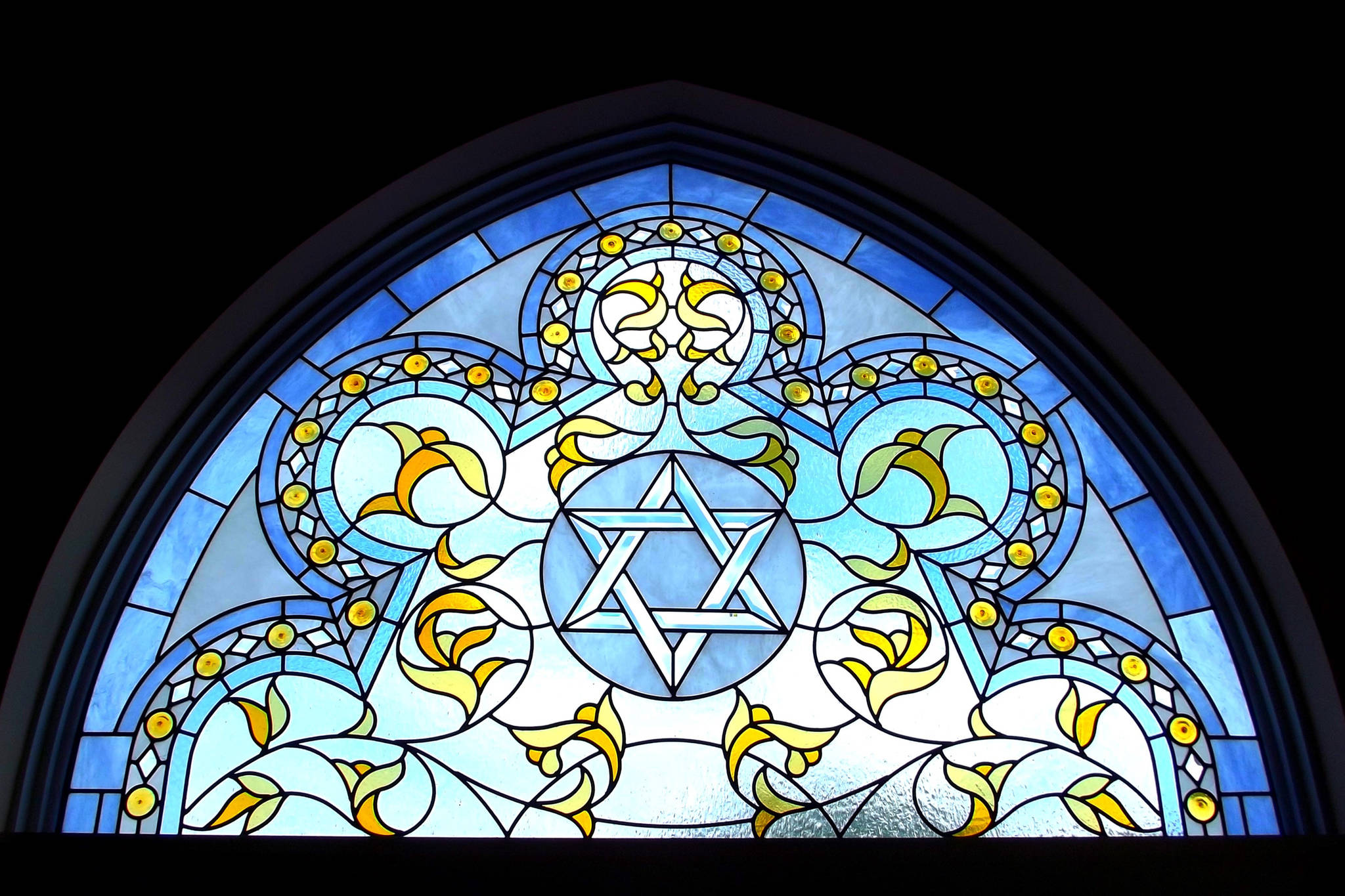I am a member of the ReSISTERS, a group of women who work for social justice and equality. We think of ourselves as modern 21st century women speaking our minds as the age allows, but in fact, we follow in the footsteps of indefatigable women dating back to the start of humankind.
[Juneau’s female art collective readies to open its latest and biggest show]
The Book of Genesis has the greatest concentration of female figures in the Bible. This makes sense since Genesis is a series of family stories. It is a woman, Eve, that sets the story in motion. The Matriarchs: Sarah, Rebecca, Rachel and Leah are often viewed as mere wives and mothers (as though there is anything mere in either of those two professions) of the more important male figures in the text. They are there, but don’t drive the story. Nothing could be further from the truth. Determined, brave, jealous, petty, in other words, fully actualized humans, each made bold choices that affected their and their families’ destinies.
This time of the year we celebrate the holiday of Purim, a Jewish holiday that commemorates the saving of the Jewish people from Haman, who plotted to kill all the Jews. Set in the ancient Persian Empire and recorded in the Book of Esther, two women, Vashti and Esther, take center stage in this story.
[‘Jewish Halloween’ to be celebrated with movie, cookies]
The story goes: An 180-day feast was thrown by the king to show off his wealth and power. He orders his wife, Vashti, well reknowned as a stunning beauty, to display herself for all present. Vashti refuses. For this she loses her crown and is banished from the king’s presence. We do not know why Vashti refused, but she did. She dared to say no. She dared to control her image, her actions and ultimately her future.
The king then orders all young women to be presented to him, as he needs a new wife. Esther finds favor in the king’s eyes and is chosen. However, Esther has a secret — she is Jewish. She moves into the palace with her uncle Mordecai. Mordecai learns of a plot to kill the king, has it stopped and his service to the king is recorded in the official record.
Stay with me now as the story takes some twists and turns.
Through a series of events, Haman, the king’s viceroy, comes to despise Mordecai, learns he is Jewish and plots to kill not just Mordecai but the entire Jewish population in the empire. Mordecai alerts Esther to these plans and commands her to intercede with the king. This puts Esther into an almost untenable position as no one is allowed to approach the king under penalty of death, and by interceding, her secret will become known.
Esther fasts, prays and decides to takes matters into her own hands. She takes control. She seeks an audience with the king and invites him to a feast along with Haman. During the feast she asks the king to attend another feast. The night after the first feast, suffering from insomnia, the king has the court records read to him to help him fall asleep and learns of Mordecai’s act of saving him from the earlier assassination plot.
Meanwhile, Esther knows that Haman has been buzzing in the king’s ear against Mordecai. At the next night’s feast, Esther reveals she and Mordecai are Jewish and that Haman is planning to exterminate her people. This enrages the king as he favors Esther and knows that Mordecai once saved his life. Haman is executed for his plot and the Jewish people are delivered from annihilation, thanks in large part to Esther’s bravery.
Today at Purim we are encouraged to drink, often to excess, and to take on the persona of someone else through the wearing of costumes. Purim asks us to challenge our boundaries, perhaps to step out of our comfort zone. In this way, we mirror Vashti and Esther, who defied normal convention, stepped out of their defined roles and changed history.
Today, in the comfort of enlightened thinking, women representation in all aspects of society, equal employment opportunity laws, etc., we need to be as brave as the matriarchs, Vashti and Esther. To know what is important to us, and speak and act to preserve it. Be like Esther.
• Patricia Turner Custard is a member of Congregation Sukkat Shalom. “Living Growing” is a weekly column written by different authors and submitted by local clergy and spiritual leaders.

